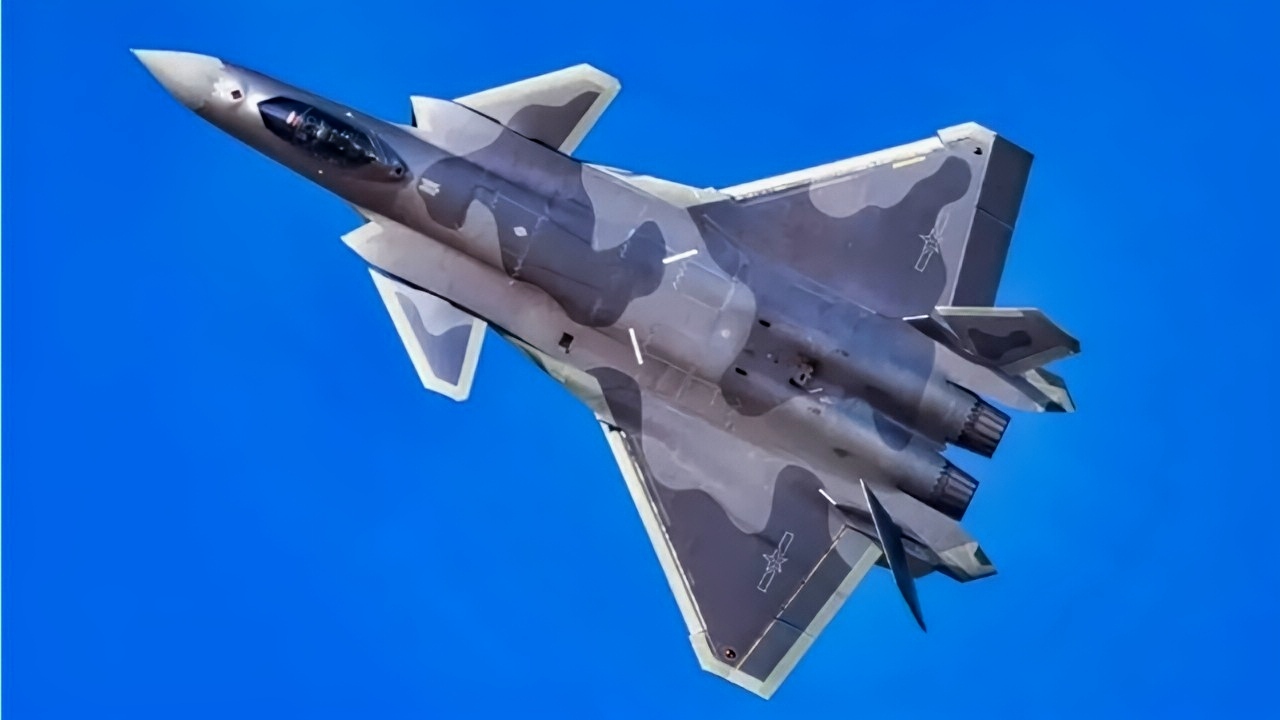Article Summary: J-20 ‘Ghost Flight’: Stealth Breakthrough or Radar Blind Spot?
-China claims its J-20 stealth fighter traversed the Tsushima Strait undetected, spotlighting gaps in regional sensors or savvy propaganda.
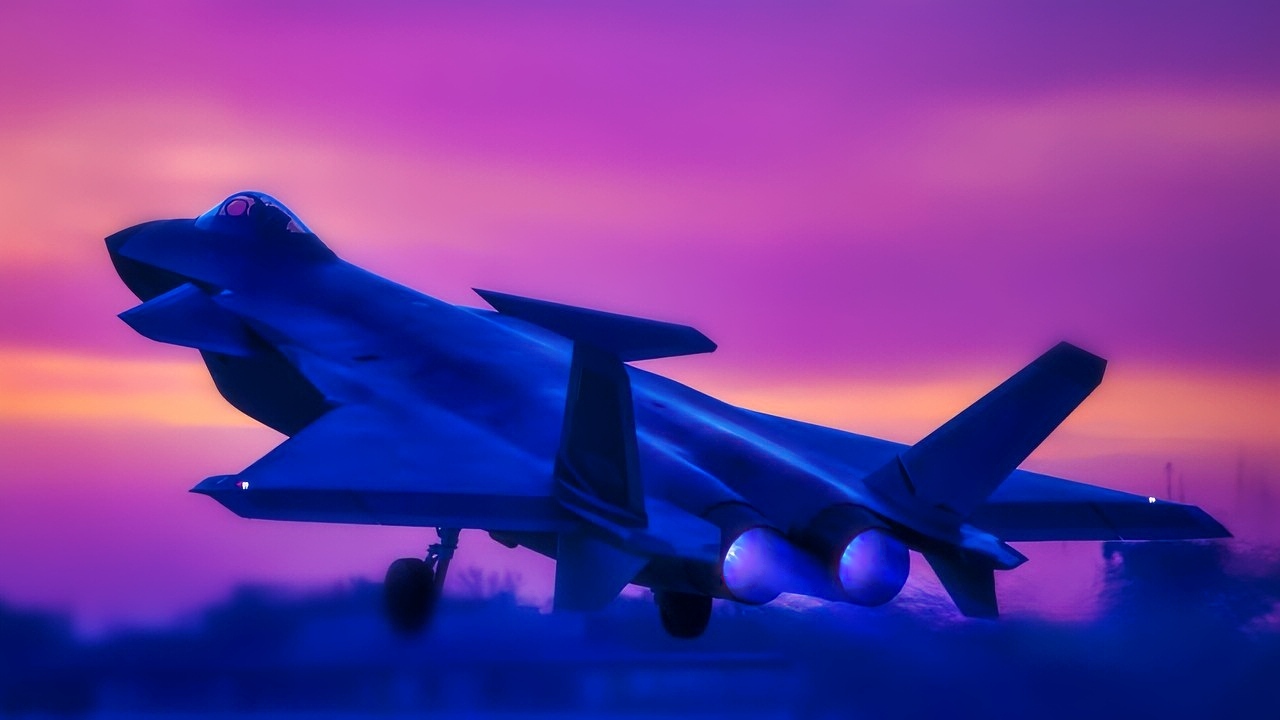
J-20 Fighter from China. Image Credit: PLAAF.
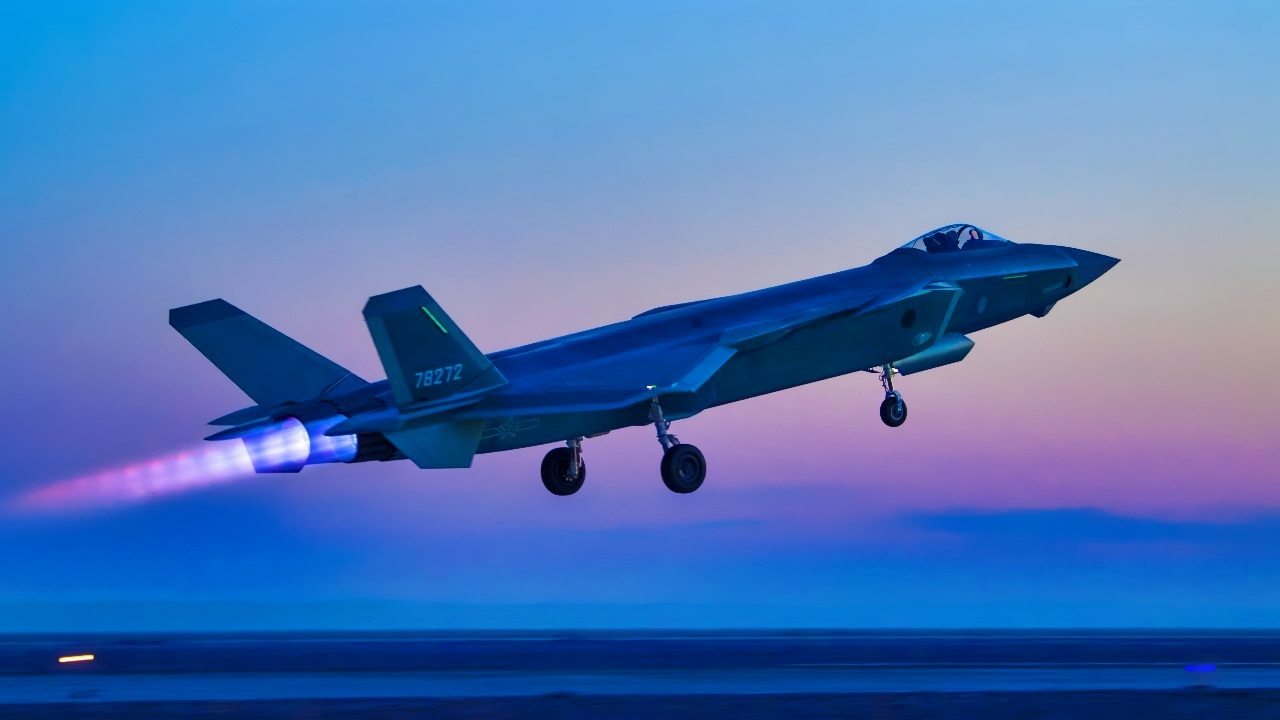
China J-20 Amazing Colors. Image Credit: PLAAF.
-The PLAAF’s secrecy keeps questions open about WS-15 engines, coatings, and thermal management versus U.S. fifth-gen benchmarks.
-On form, canards, an elongated fuselage, and a large radome should raise radar returns, yet tactics, speed, and materials might offset signatures.
-More plausibly, detection gaps in Japanese and Korean coverage mattered.
Did China’s J-20 Really Slip Through Tsushima Unseen?
China’s air force has been totally rebooted thanks to the stealth fighter jets. And now the results speak for themselves.
The People’s Liberation Army Air Force (PLAAF) is reportedly operating a fleet of 300 or more 5th-generation, stealthy J-20 aircraft.
Yet the jet has rarely been seen beyond mainland China.
This conservative approach could be a deliberate effort to shield the operation of the mysterious plane from public view.
Pictures exist, and the J-20’s configuration has been known for many years now. Chinese government-backed newspapers regularly cite the integration of its indigenously built WS-15 engine.
There has, nonetheless, been a curious absence of the J-20 in exercises throughout the region as well as an absence of J-20s among the aircraft known to cross into Taiwan’s Air Defense Identification Zone (ADIZ).
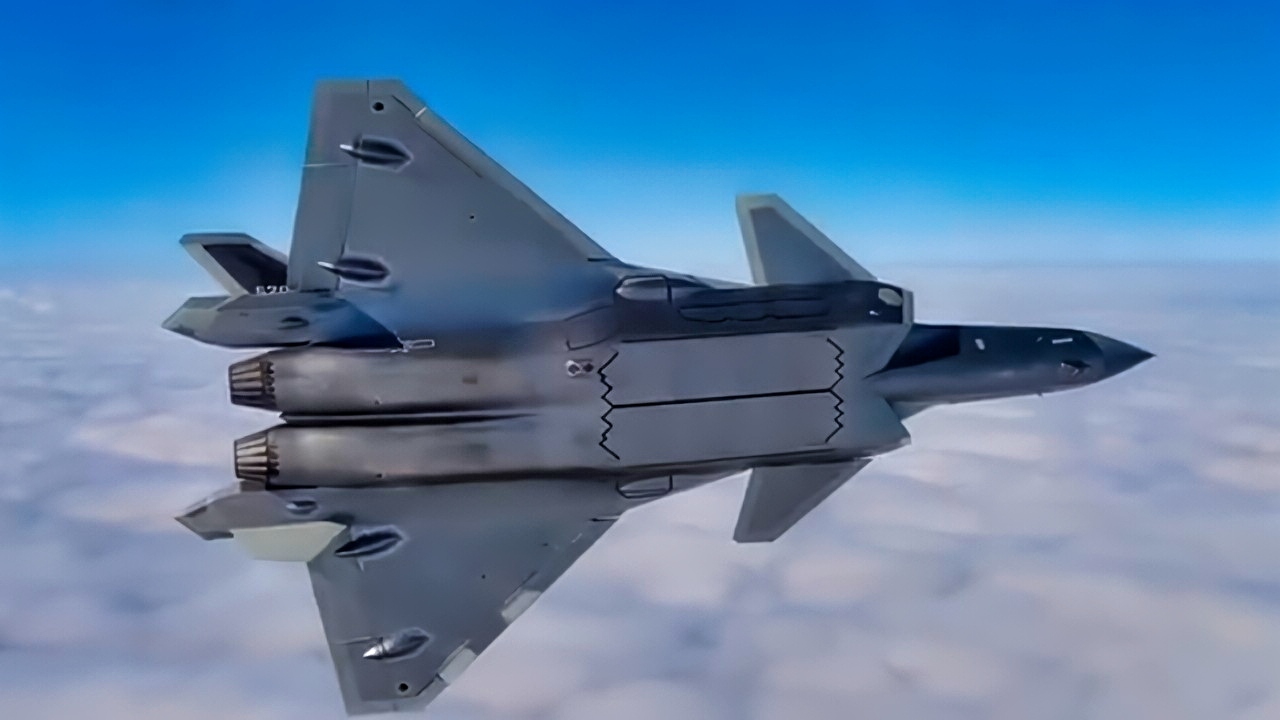
China J-20 Screenshot. CCTV Screenshot from State TV.
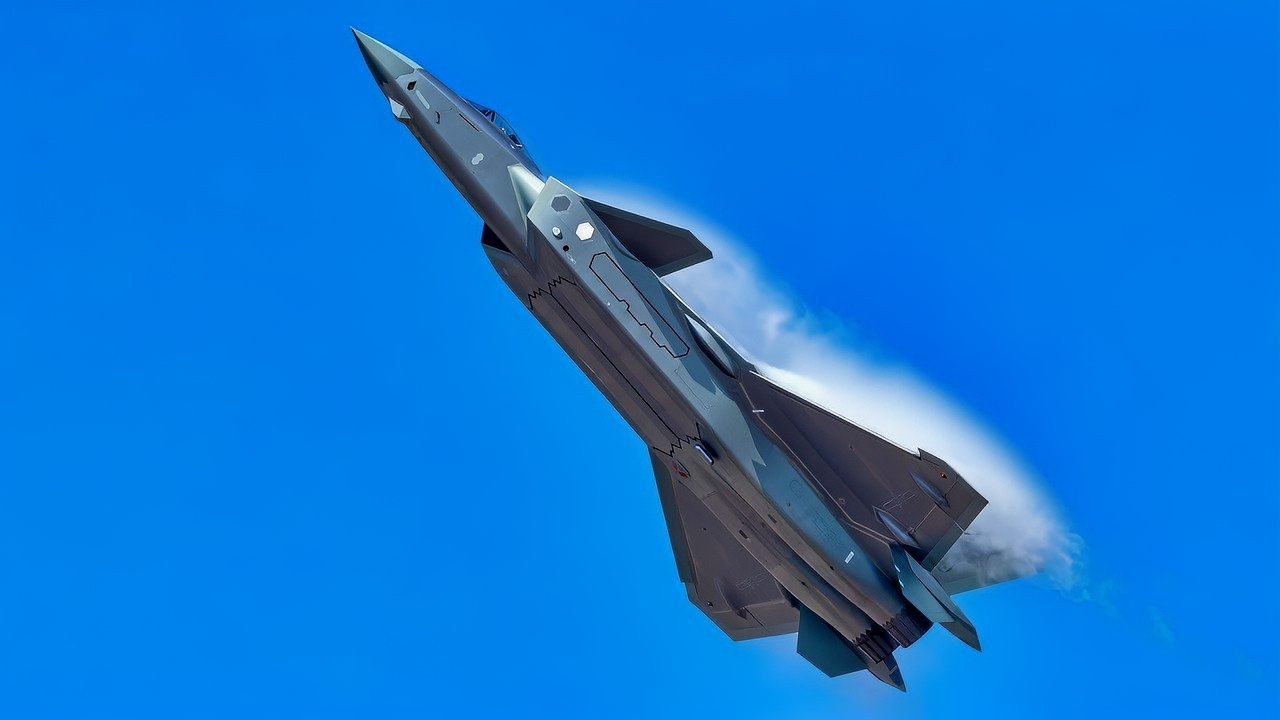
China J-20 Fighter High In Sky. Image Credit: Creative Commons.
Simply put, the J-20 has not been seen up close much at all, which could be a deliberate effort by the People’s Republic of China (PRC) to increase the mystery and unanswered questions surrounding the jet.
J-20 Flies Over Tsushima
Chinese state CCTV recently reported that the J-20 made a successful, stealthy flight through the Tsushima Strait between Japan and Korea, remaining undetected by US, Japanese, or Korean sensors.
A claim like this would be difficult to verify and could simply be PRC scare tactics or propaganda; yet, the possibility is likely being taken quite seriously at the Pentagon. Why wouldn’t Japanese or Korean radar, satellites, or surface-to-air defenses have seen, captured, or tracked the J-20? The answer invites considerable speculation, unless, of course, the J-20 was seen by US and allied sensors and is not being acknowledged publicly.
J-20 Stealth
If true, what would this suggest about J-20 stealth and its radar signature? The question certainly invites speculation for a number of reasons, in part because the J-20’s external configuration appears less stealthy than that of the F-35 or F-22.
While the J-20 features angled canards and an elongated fuselage with protruding or pointed structures, these contours are likely to generate an electromagnetic return ping or signal to ground-based radar.
The J-20 also features a larger nose radome than the F-22 Raptor. The Raptor is optimized for both stealth and speed. The J-20 is a fast aircraft, as it is cited as being capable of Mach 2, a speed faster than the F-35’s Mach 1.6 yet slower than the F-22’s Mach 2.25.
Is the J-20 built with an unprecedented kind of radar-absorbing coating material?
The jet may incorporate a never-before-seen thermal management system.
Maybe it flies with a combination of speed and agility, which, when combined with stealth, makes it very difficult to see or track.
Do its stealth properties make it appear like a bird or small object to radar, as is the case with full flying-wing aircraft such as the B-2, B-21, or emerging Chinese H-20?
Air Defenses
The more likely explanation, should the PLA claim that the J-20 was undetected be true, may pertain to the presence or absence of Japanese and Korean sensors and air defenses.
The incident may simply mean that Japan needs to position radar systems and air defenses to better track and detect its coastal airspace bordering Korea.
There is also the question of US Navy Aegis radar, although no ships armed with this kind of mobile, maritime ballistic missile defense were likely operating within view of the Tsushima Strait.
However, the ship-integrated AN/SPY-1v radar, now built into US Navy Flight III DDG 51 Destroyers, operates with much greater range, sensitivity, and image fidelity compared to the standard ship-integrated radar.
The AN/SPY-1 radar is 35 times more sensitive than previous ship radars, and it can detect very small objects with great precision from unprecedented distances.
However, the Aegis Combat Systems radar is primarily focused on air and cruise missile defense, as well as ballistic missile defense, meaning it does not specifically search for stealth aircraft.
It would nonetheless be quite relevant to explore whether the AN/SPY-1 radar, integrated with the Aegis Combat System Baseline 10, would be positioned to detect stealth aircraft.
About the Author: Kris Osborn, Warrior Maven President
Kris Osborn is the President of Warrior Maven – Center for Military Modernization. Osborn previously served at the Pentagon as a highly qualified expert in the Office of the Assistant Secretary of the Army—Acquisition, Logistics & Technology. Osborn has also worked as an anchor and on-air military specialist at national TV networks. He has appeared as a guest military expert on Fox News, MSNBC, The Military Channel, and The History Channel. He also has a Masters Degree in Comparative Literature from Columbia University.
More Military
The B-21 Raider ‘Arsenal Plane’ Would Be Epic
China’s Aircraft Carrier Strategy: Stay Local, Stay Ready to Fight
Aircraft Carrier USS Theodore Roosevelt (CVN-71) Has A Message for Any Navy on Earth
Bad News for Putin’s Ukraine War: Russia Is Now Forced to Import Fuel
The Essex-Class Aircraft Carriers Have A Message for Any Navy on Earth


